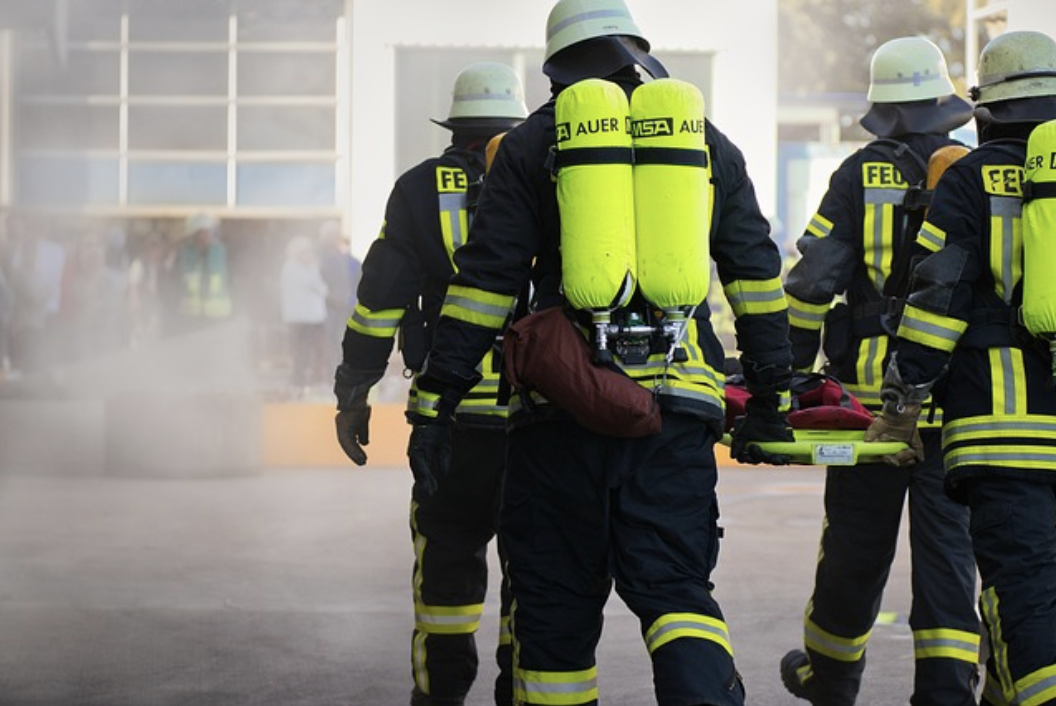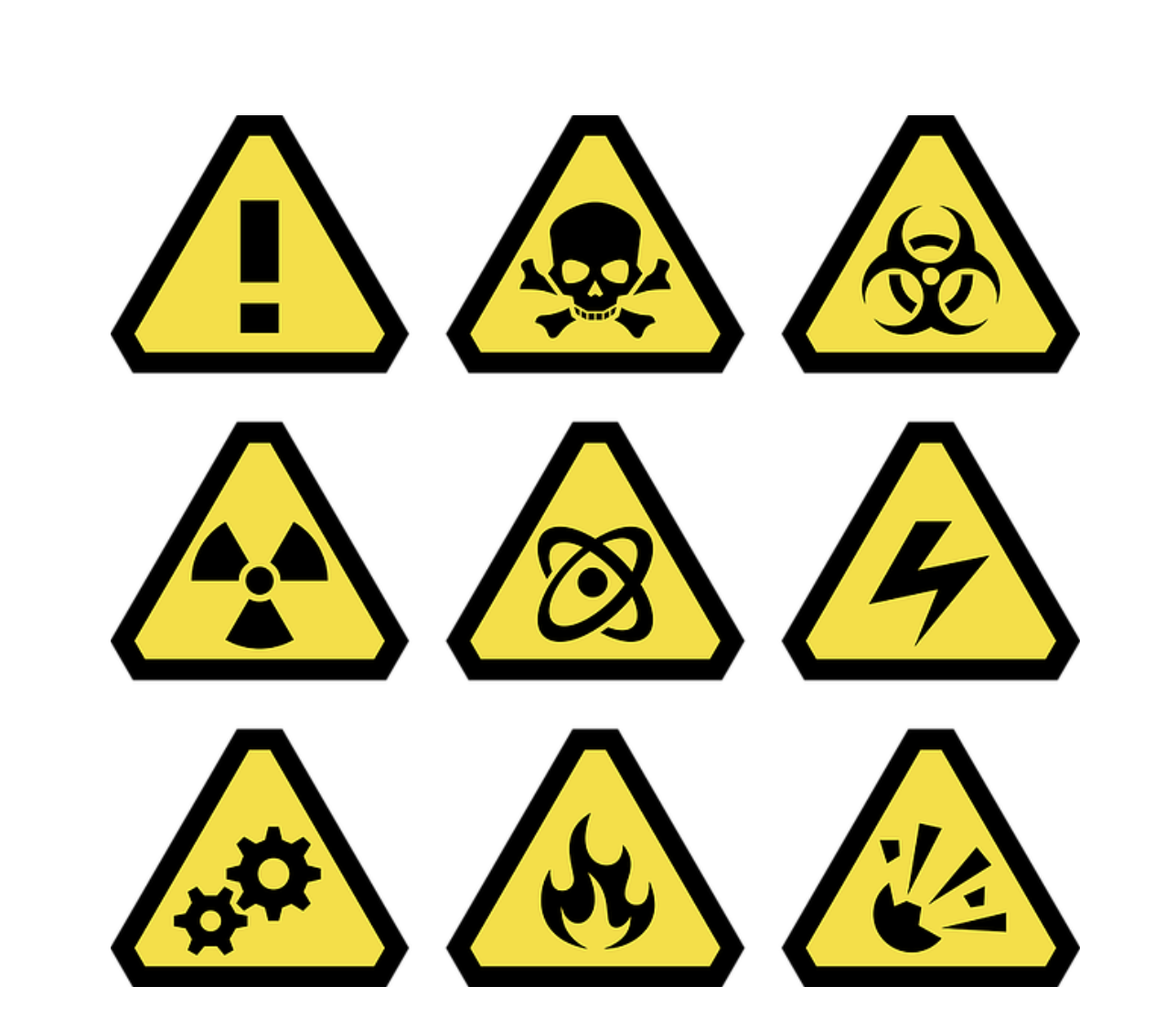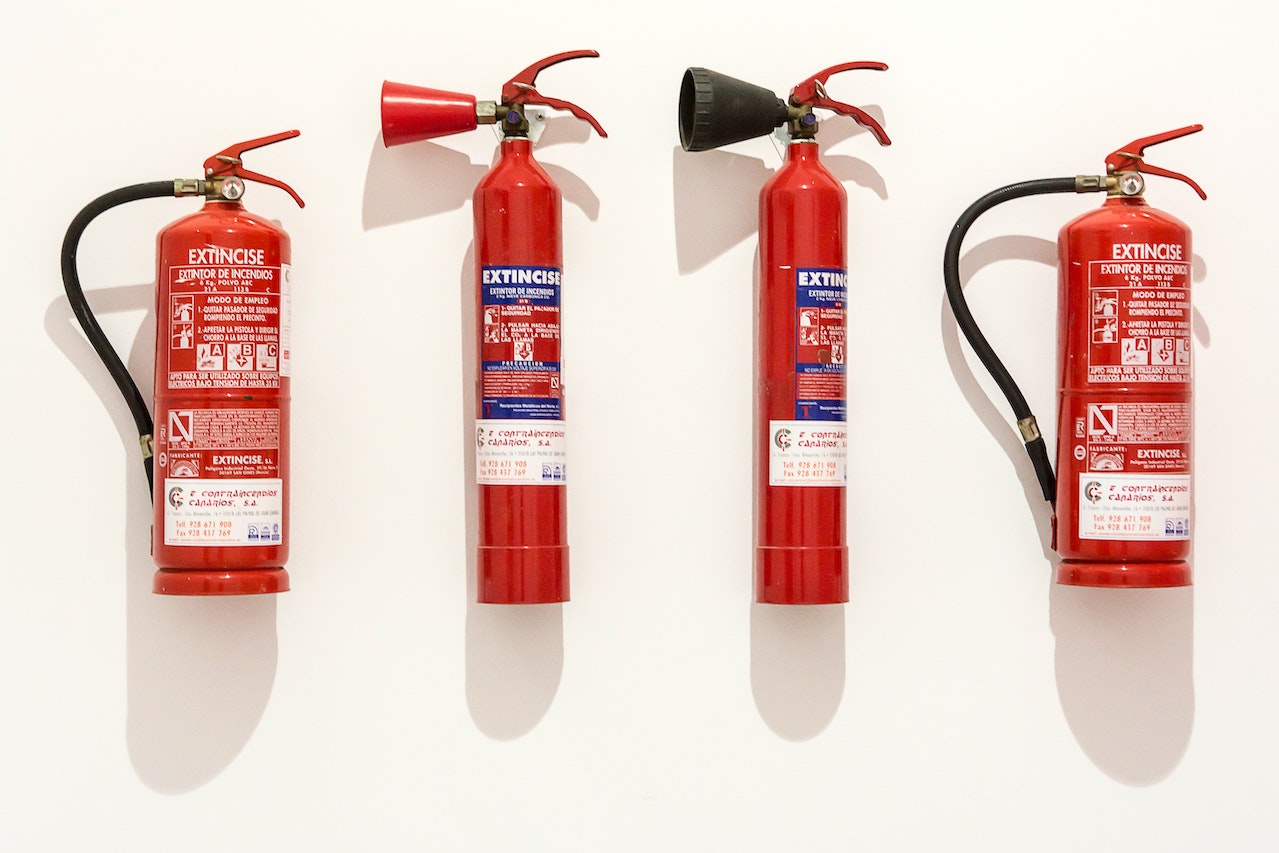Fire safety training is crucial not only for those who work in high-risk environments but also for office personnel and employees in other types of businesses. A well-trained workforce can make all the difference in preventing fires and protecting lives and property.
Fires are one of the most common and destructive hazards in the workplace or home. According to the National Fire Protection Association, U.S. fire departments responded to 1,353,500 fires in 2021. These fires resulted in an estimated 3,800 civilian deaths, 14,700 civilian injuries, and $15.9 billion in property damage.
While some fires are unavoidable, there are steps that everyone can take to minimize the risk of a fire happening in the first place, as well as measures to take to ensure that everyone knows what to do in the event of a fire. Hence, fire safety training is necessary. Keep reading to learn more about why fire safety training is essential and how you can do it.

What is fire safety training, and why is it important?
Fire safety training educates employees about the dangers of fire in the workplace and how to prevent and respond to fire risks.
Here are four reasons why fire safety training is important.
1. Fire safety training can save lives
In a fire situation, every second counts. Knowing what to do and how to stay safe can mean the difference between life and death. Fire safety training gives you the knowledge and skills to stay safe in a fire.
2. It can reduce property damage
Fires can destroy homes and businesses in a matter of minutes. However, if everyone in a building knows what to do in a fire, it can help reduce the amount of damage.
3. Fire safety training is required by law
In many states, it is actually required by law for employees to receive regular fire safety training. This situation is especially true for those working in high-risk occupations or buildings that are more likely to experience a fire (such as manufacturing facilities and warehouses).
4. It can help you stay calm in a crisis
It is important to be calm to stay safe in a fire situation. Proper fire safety training can help you develop the skills to remain calm under pressure and make good decisions when it matters most.
Fire Safety Risk Assessment
A fire safety risk assessment aims to identify potential fire hazards in a workplace and determine what measures need to be put in place to mitigate the risks. Typically, one person is responsible for maintaining updated records of all fire safety details.
Conducting a fire safety risk assessment is an important step in ensuring the safety of a building. By identifying potential fire hazards and taking steps to mitigate them, you can help protect properties from the devastation of a fire.
While there is no law requiring a fire safety risk assessment, it is nevertheless a wise precaution to take.

Identifying Fire Hazards
It is important to learn or recognize the common causes of fire to prevent fires from starting in the first place.
A fire hazard is any object or situation that has the potential to cause a fire. Identifying potential fire hazards is an essential step toward preventing potential fire risks.
The three elements that cause fires are commonly referred to as the fire triangle: a heat source, oxygen, and fuel. When identifying fire hazards, you should keep the fire triangle in mind.
There are several sources of heat, such as smoking materials, hot surfaces, or electrical equipment. An open window or an air vent could be a source of oxygen. And sources of fuel are from flammable liquids or combustible materials. You can have a safe workplace by taking steps to eliminate or reduce fire hazards.
When conducting a fire risk assessment, consider these factors:
- Clear emergency routes and exits. Buildings should mark emergency exit or routes, and that all doors and windows leading to those exits are unobstructed.
- Fire detection and warning systems such as a fire alarm and fire fighting equipment like fire extinguishers, fire doors, and smoke detectors are essential parts of a building’s safety.
- Create a well-organized emergency plan for evacuation.
- Make sure that vulnerable people have their needs met.
- Implement proper training of staff on fire safety procedures.
Tips to Prevent Fires
Being prepared can mean the difference between life and death. Here are some tips to follow to reduce the risks of fires in your workplace.
- Make sure fire extinguishers are available and that all employees know how to use them properly. A fire extinguisher is useless if no one knows how to use it.
- Ensure that there are well-marked escape routes and designated areas in your building. In the event of a fire, everyone must know where to go and what to do. Planning and preparation are critical in an emergency.
- Follow all correct procedures for handling flammable materials and waste, including storage to disposal. Improper handling of flammable materials is one of the leading causes of workplace fires.
- Conduct regular fire drills so that everyone is familiar with the correct procedures and knows what to do in the event of a real fire. Being adequately prepared can be the difference between a minor inconvenience and a major disaster.
- Faulty wiring is one of the most common causes of electrical fires. When wires are not properly installed or maintained, they can heat up and start a fire. It is important to have your wiring checked regularly by a qualified electrician to prevent this from happening.

How to Implement Fire Safety Training
Various fire safety training programs are available to help people learn how to prevent and respond quickly. Some programs focus on general fire safety, while others are specific to a particular industry or type of building.
Local fire departments offer many fire safety training programs, but there are also many private companies that provide these services. The best way to find a fire safety training program that meets your needs is to contact your local fire department or a private company that offers these services.
Fires are devastating and extremely dangerous, causing death, injury, and billions of dollars in damage each year. But there are steps to take to prevent fires. Fire safety training is one of the most important things to help reduce the risks of fire in the workplace or home.
Learning to identify fire hazards, properly use fire extinguishers and other firefighting equipment, and what to do in the event of a fire can help save lives. Prioritize fire prevention and safety in workplaces and homes. It could save countless lives.


